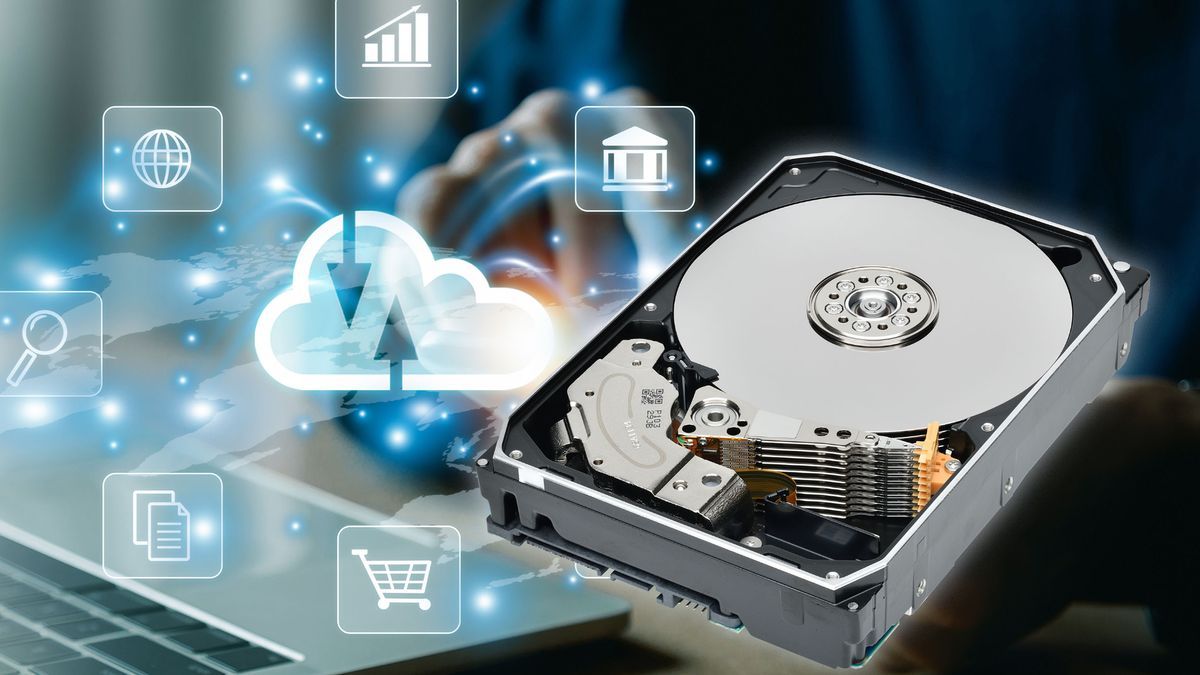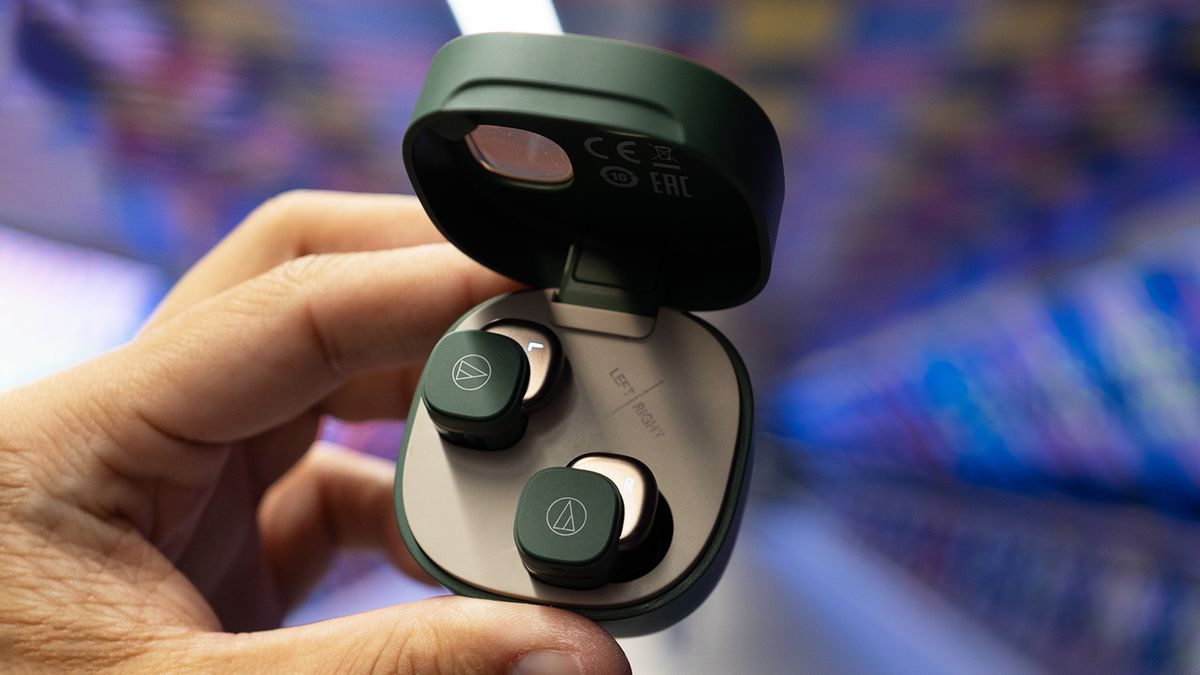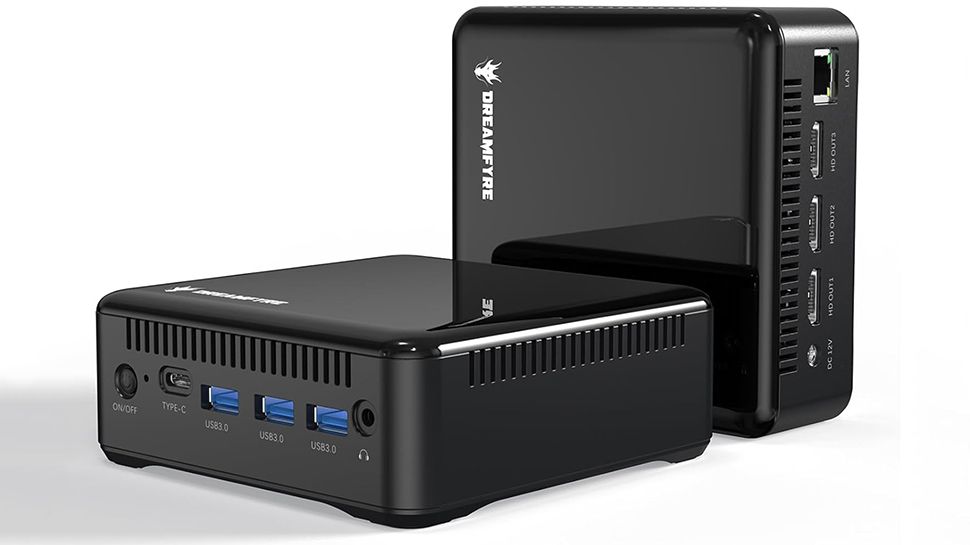Toshiba has announced plans to bring 30TB+ hard drives to the commercial market in 2025.
The large capacities have been made possible by two magnetic recording technologies: heat-assisted magnetic recording (HAMR) and microwave-assisted magnetic recording (MAMR).
HAMR technology significantly improves writing capabilities by heating the disc material with a near-field laser. HAMR has its critics, with questions about the technology's readiness, quality, reliability, and compatibility, but all major drive manufacturers are adopting it, and Seagate recently announced the results of an experimental test in which one of its Mozaic 3+ HAMR- The equipped units operated continuously and without problems for more than 6,000 hours.
Hello MAMR!
Using HAMR, along with Shingled Magnetic Recording (SMR), which increases storage capacity by overlaying data tracks, allowed Toshiba to successfully achieve 32TB drive capacity across 10 3TB platters.
The second technology, MAMR, uses microwaves to increase magnetic recording capacity. Toshiba was an early champion of this technology, beginning mass production of first-generation drives in 2021. With the combination of SMR technology, improved signal processing, and 11-plate stacking, the company says it achieved a capacity of 31 TB.
Larry Martinez-Palomo, vice president and director of Toshiba's storage products division, said: “Toshiba is simultaneously advancing the development of future-generation high-capacity hard drives using HAMR and MAMR technologies. The mass production of hard drives incorporating HAMR will begin after validation.” In the meantime, Toshiba will continue to meet the demand for high-capacity, high-reliability storage devices with hard drives employing field-proven MAMR technology.”
Toshiba expects to begin shipping test HAMR hard drives, ranging in capacity from 28 to 30 TB, in 2025.









